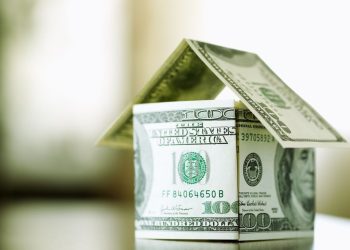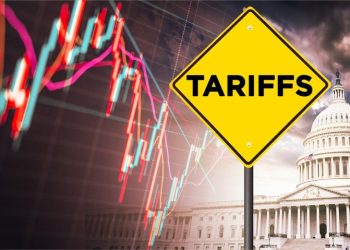Existing-home sales continued to rise in October, marking five consecutive months of month-over-month gains, according to the National Association of REALTORS® (NAR). All four major regions reported growth both month-over-month and year-over-year, with the Midwest leading all regions in growth.
Total existing-home sales increased 4.3 percent from September to a seasonally-adjusted annual rate of 6.85 million in October. Overall, sales increased since last year, up 26.6 percent (5.41 million in October 2019).
Single-family home sales sat at a seasonally-adjusted annual rate of 6.12 million in October, up 4.1 percent from 5.88 million in September, and up 26.7 percent from one year ago. The median existing single-family home price was $317,700 in October, up 16.0 percent from October 2019.
Existing condominium and co-op sales were recorded at a seasonally-adjusted annual rate of 730,000 units in October, up 5.8 percent from September and up 25.9 percent from one year ago. The median existing condo price was $273,600 in October, an increase of 10.3 percent from a year ago.
By Region:
Midwest
Existing-Home Sales: 1,640,000 (+28.1% YoY)
Median Price: $243,500 (+16.7% YoY)
Northeast
Existing-Home Sales: 900,000 (+30.4% YoY)
Median Price: $356,500 (+10.2% YoY)
South
Existing-Home Sales: 2.91 million (+26.5% YoY)
Median Price: $272,500 (+15.7% YoY)
West
Existing-Home Sales: 1,400,000 (+22.8% YoY)
Median Price: $$467,800 (15.1% YoY)
What the Industry Is Saying:
“Considering that we remain in a period of stubbornly high unemployment relative to pre-pandemic levels, the housing sector has performed remarkably well this year. The surge in sales in recent months has now offset the spring market losses. With news that a COVID-19 vaccine will soon be available, and with mortgage rates projected to hover around 3 percent in 2021, I expect the market’s growth to continue into 2021. Homebuilders’ confidence has soared even though the actual production has not. All measures, such as reduction to lumber tariffs and expansion of vocational training, need to be considered to significantly boost supply and construct new housing.” — Lawrence Yun, Chief Economist, NAR
“Faced with many uncertainties in 2020, the real estate industry has been able to meet surprisingly strong home-buying demand and help lead our country’s economic recovery. As we continue to help consumers secure housing and property, we will also remain vigilant in working to expand housing options, equality and affordability for all who are entering the marketplace.” — Charlie Oppler, President, NAR
“It is clear there is intense demand for housing as shown by the continuous growth in home sales. We are still dealing with a pervasive inventory shortage, but the hopes are a remedy—like heightened construction or increased listings—will ensure the spring home-buying season is strong.” — Bill Banfield, Executive Vice President of Capital Markets, Rocket Mortgage
“October existing-home sales increased for the fifth consecutive month, reinforcing the remarkable strength in the housing market seen this year. The 6.85 million unit sales pace was the highest since November 2005, and on an annual basis, sales were up a robust 26.6 percent. The housing market has only strengthened since the pandemic-induced lows in the spring. MBA’s mortgage application data show similar trends, with early signs that the increase in sales will continue. Purchase applications have now increased year-over-year for more than six months.
“One ongoing hurdle for many prospective buyers is that housing inventory is shrinking. The 2.5-month supply is a record low, and continues to push home prices higher. This poses challenges for many potential first-time buyers and lower-income buyers.” — Joel Kan, AVP of Economic and Industry Forecasting, Mortgage Bankers Association
“We see home sales continuing to grow at a strong pace through the remainder of 2020 and into Q1 2021. Record-low interest rates have continued to bolster demand; however, supply shortages remain a limiting factor and are continuing to put pressure on home prices. We have seen a lot of activity by builders in the second half of 2020, which gives us reason to think we may see inventory increase some in the first half of 2021, but price growth seems likely to remain in at least the high single digits for some time.
“With the recent good news on vaccines, it is likely many buyers and sellers are going to reevaluate their preferences as they imagine a world getting back to pre-pandemic conditions in the near future. It will be some time before we fully understand how preferences shifted during the pandemic and what permanent impact it will have on housing demand. The increase in remote work may allow for more sprawl, and the affordable homes that often go along with it, and potentially renew interest in small towns. Anecdotally, we have heard about increased demand for second homes in more rural settings, but the ubiquity of the most recent wave of coronavirus and the prospect of more normalcy on the horizon may begin to temper the urgency around such purchases.” — Ruben Gonzalez, Chief Economist, Keller Williams
For more information, please visit www.nar.realtor.













